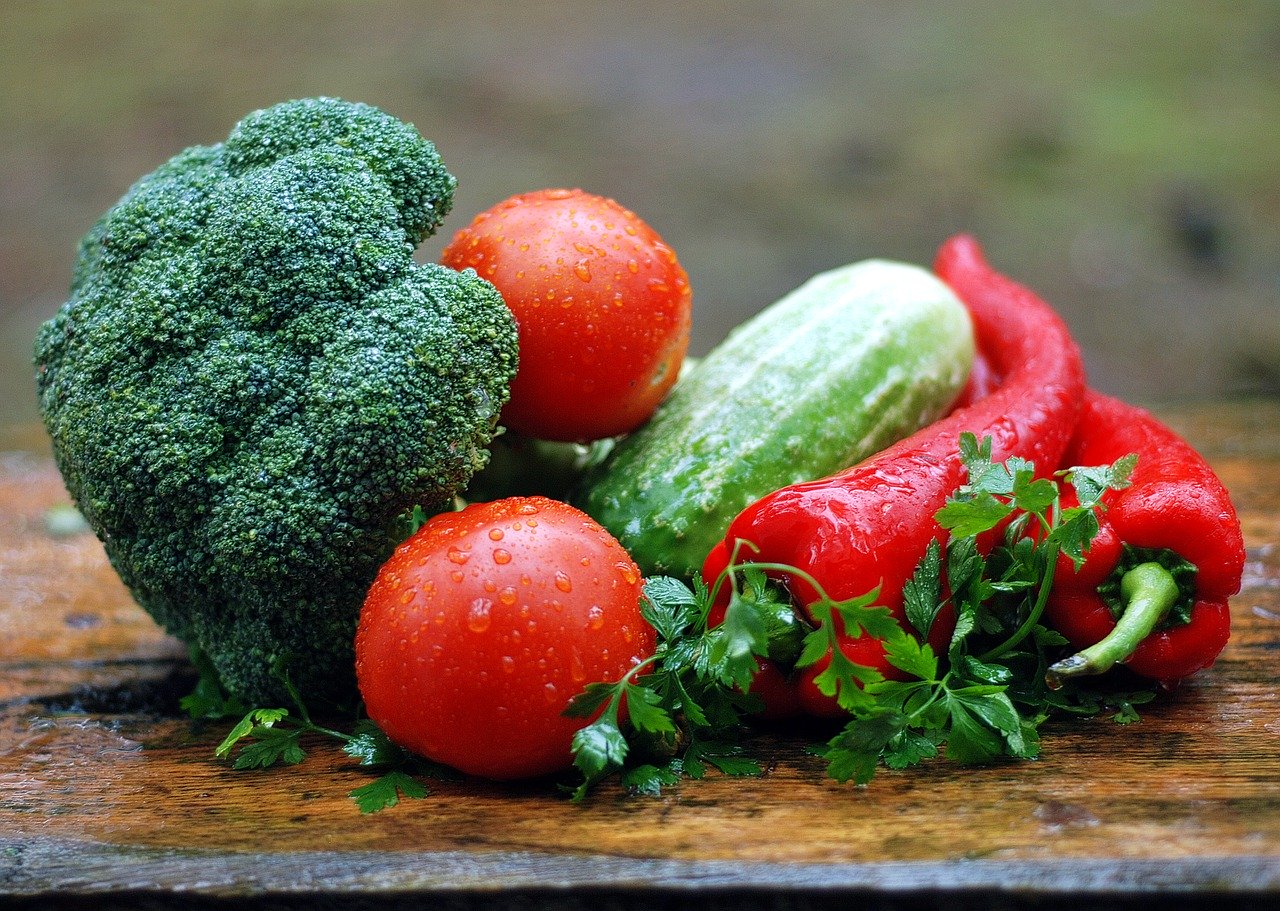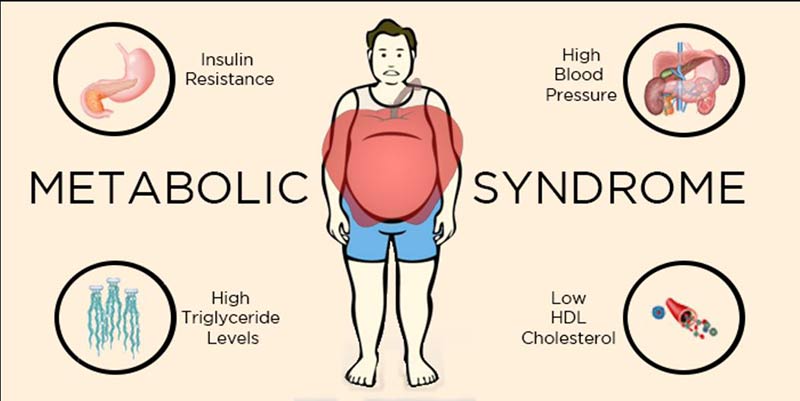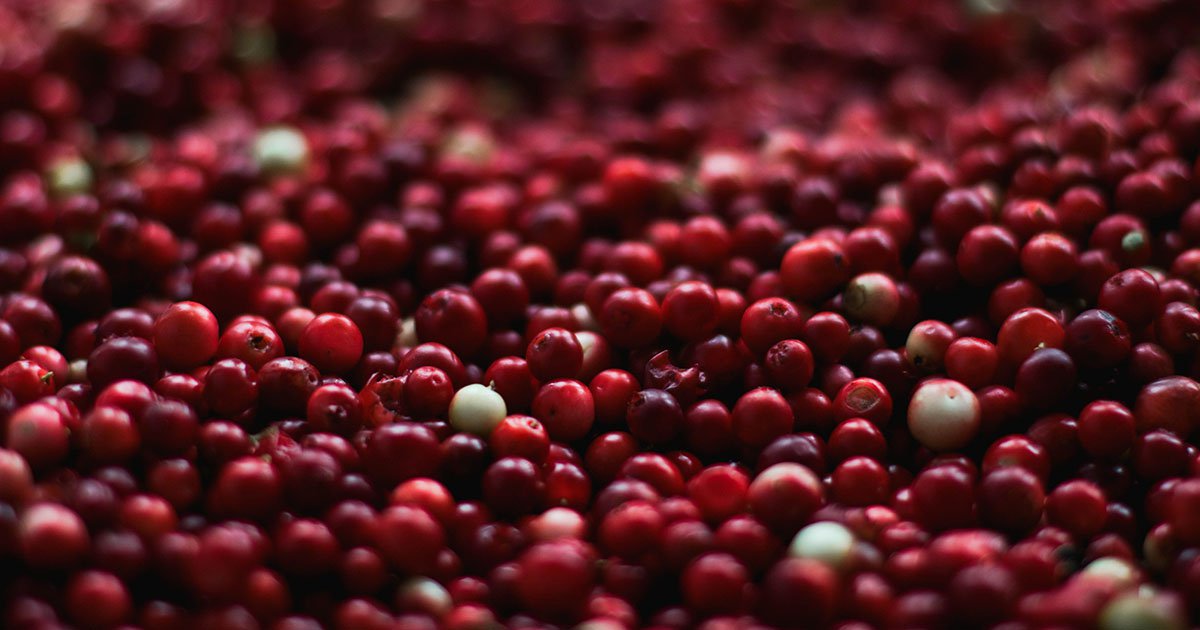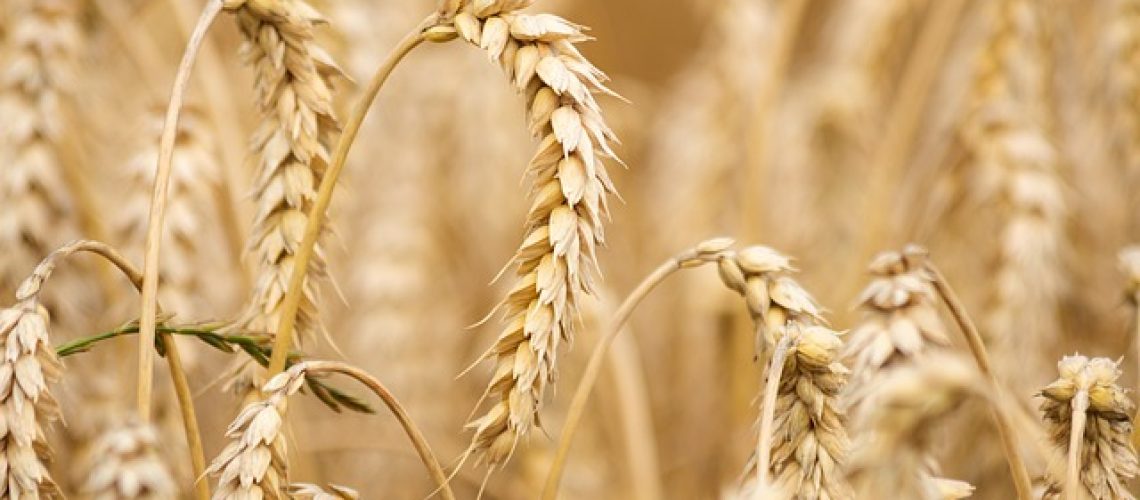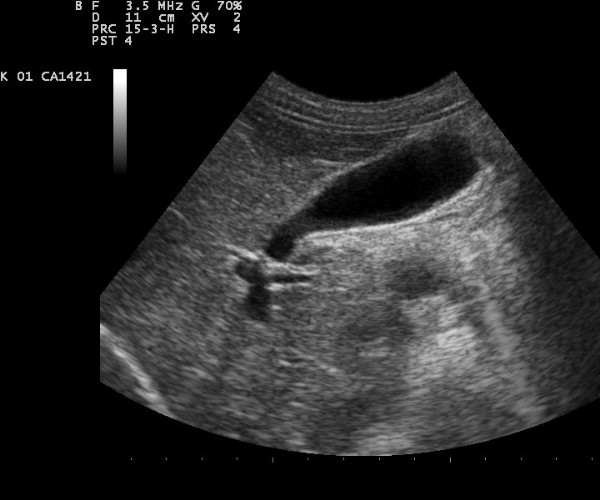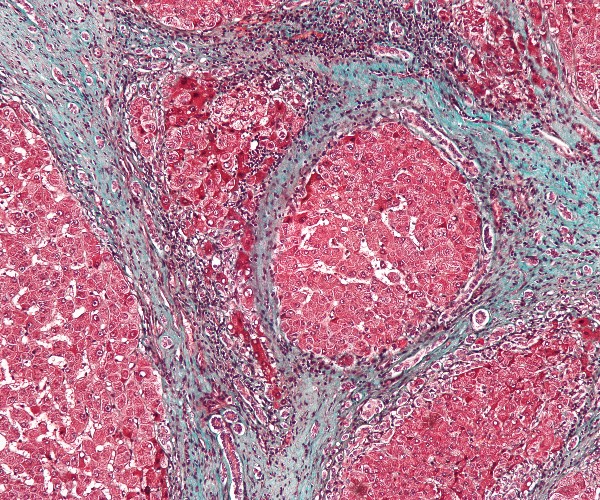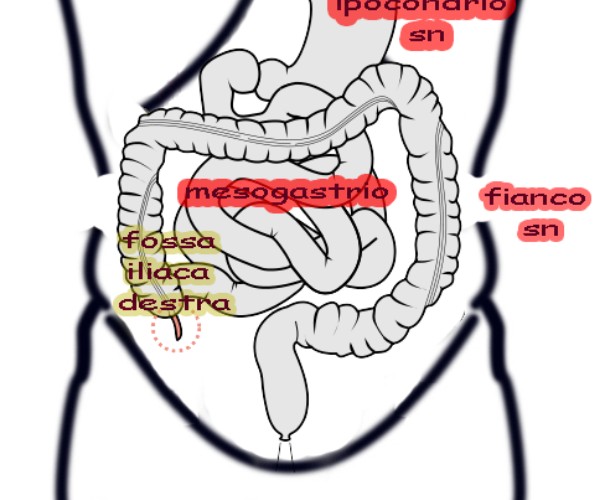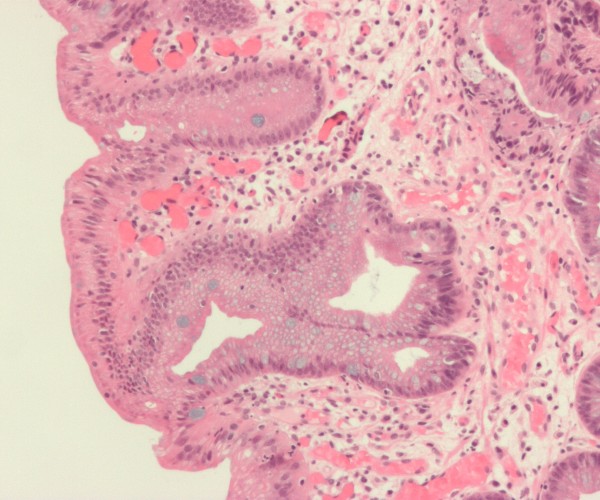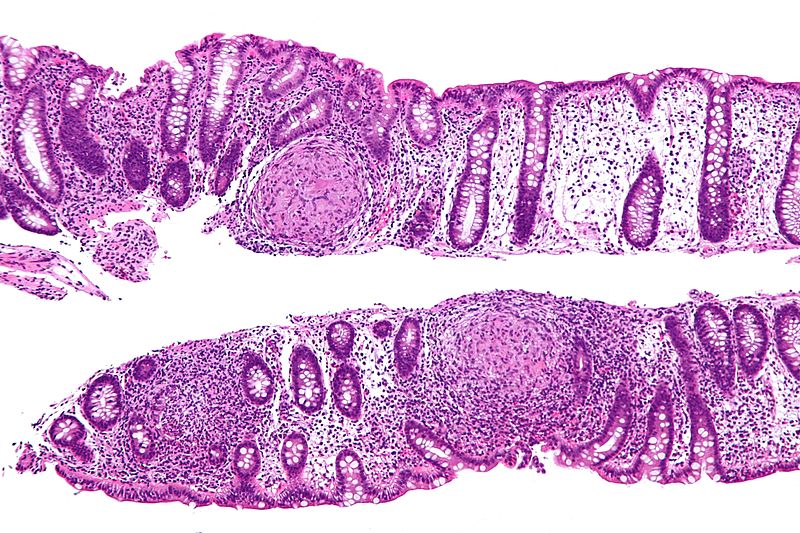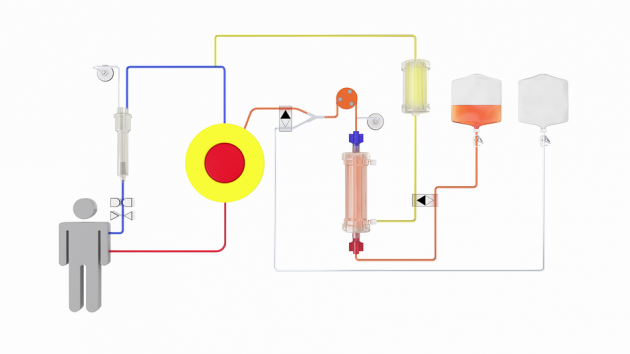Considered a “rare” disease until a decade ago, celiac disease today seems to be increasingly prevalent in countries around the world. A phenomenon undoubtedly related, at least in part, to the increased attention to symptoms and more frequent diagnosis, which allow many more people with celiac disease to be identified and characterized than in the past, but not only that. Dietary habits could also play a far from minor role in promoting the onset of the disease. And among the risk factors are not necessarily grains.
A recent literature review published in the scientific journal Frontiers in Pediatrics suggests, in fact, that among the many possible causes of celiac disease (all of which, it should be emphasized, have yet to be precisely verified) might include microbial transglutaminase: a bacterial enzyme capable of binding and transforming cereal gluten, which is often added to industrially produced foods to improve their organoleptic properties and prolong their shelf life.
Studies to date suggest that by binding to gliadin (a major protein in gluten), the bacterial transglutaminase included as an additive in many packaged foods can form complexes characterized by immunogenic properties, that is, capable of prompting the human immune system to react against them, just as it would against a virus or bacterium dangerous to the body.
This initial immune activation would, then, be persistently maintained not only against the “bacterial tranglutaminase-gliadin complex,” but also against the gluten naturally present in cereals, causing the classic symptoms of celiac disease (abdominal cramps, gastrointestinal discomfort, malabsorption, etc.) whenever the affected person takes in non-gluten-free bread, pasta, pizza, cookies, brioches, etc., even if they are artisanally prepared and additive-free.
Industrial products that may contain bacterial transglutaminase are countless and, often, unsuspected because they are not only foods containing flour or grain seeds and because, in general, the presence of the enzyme as an additive is not made explicit in the list of ingredients. These range from preserved meat to sauces, from dairy products to fish preparations (including surimi), from soups to jellies.
How to be risk-free? First of all, it should be made clear that one should not be overly concerned because, even if the involvement of bacterial tranglutaminase in the onset of celiac disease were confirmed, the risk would only affect people with a particular genetic predisposition and/or one or more additional risk factors for developing the disease.
For those who want to protect themselves while waiting for new evidence on the subject, the best choice is to try to eating mostly fresh, good-quality food, cooked with one’s own hands or prepared by persons/merchants (bakers, delis, delicatessens, rotisseries, ice cream parlors, pastry shops, restaurants, etc.) who use only fresh raw materials, handled naturally, without the addition of flavorings, coloring agents, thickeners or preservatives, and in full compliance with hygienic standards.
Source: Torsten M, Aaron L. Microbial Transglutaminase Is Immunogenic and Potentially Pathogenic in Pediatric Celiac Disease. Front Pediatr 2018; https://doi.org/10.3389/fped.2018.00389)



